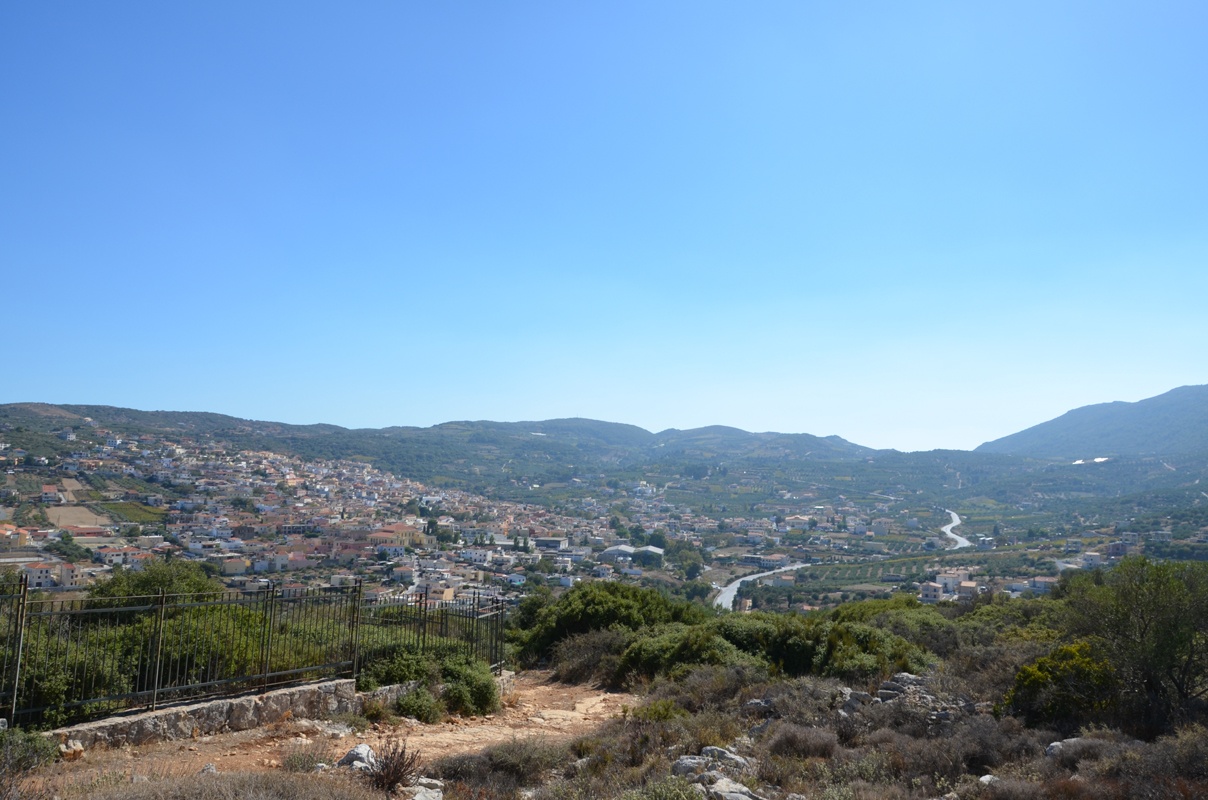
The desire of the Cretans for independence and military tradition once again came to the surface in the 1940s. Crete took part in the war to fend off the Italian forces of Mussolini. After Mussolini’s humiliating defeat, Crete became a target for Hitler’s forces. In April 1941 the Nazis attacked mainland Greece and quickly defeated Greek forces, conquering the country.
While Crete’s military forces were absent from the island, the Nazis began their attack on Crete. Nazi special forces parachuted onto the island on 2 May 1941. Just 30,000 poorly armed British allied troops and 22,000 Greek soldiers stood by the locals in defence of the island.
The Battle for Crete lasted only ten days, but caused immense losses to both sides. Without heavy weaponry, the Allies and local guerrillas fended off the Nazi air attack. But the occupation of Maleme airfield near Chania by the Nazis strengthened their position on the island. On 30 May the battle ended and the allied forces fled through the mountains to boats for Egypt from Chora in Sfakia and other southern villages.
The Nazi occupation lasted approximately four years and was characterised by the heroic resistance of the locals (like the locals of the villages of Kadanos and Koustogerako in western Crete and Arvi location in central Crete). Special allied forces, mainly from England, landed on the island and organised resistance movements. Most of them hid in the mountains, in caves and monasteries, protected by the brave risky Cretans. A significant success of the resistance movement was the abduction of Nazi General Commander Kreipe in 1944, which took place at Patsides. This act was unbelievably daring and considered a great success for the relatively inexperienced group that undertook it. The counter-measures to every action of the resistance were immediate and cruel.
The favourable location of ‘Krissa Gi’ (Cretan Land), at the crossroads of major ancient Mediterranean civilizations was the main reason for constant attempts to conquer the island by various invaders throughout the centuries.
Recent past and present
After the end of WWII Crete began the effort of reconstruction, at a time when the rest of Greece was suffering from the Civil War. Due to this period of peace and the incredible climate of Crete, the island soon became one of the richest areas in the country. Agricultural products became the main source of the island’s economy. At present, tourism has marked a new era in economic growth for Crete.



